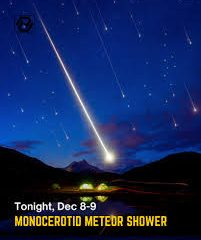Discovering Yosemite National Park: A Natural Gem
Introduction to Yosemite National Park
Yosemite National Park, located in California’s Sierra Nevada mountains, is renowned for its stunning granite cliffs, towering waterfalls, and diverse plant and animal life. As a UNESCO World Heritage Site and one of the most visited national parks in the United States, it attracts millions of visitors each year, providing a crucial boost to local economies and promoting conservation efforts across the region.
Significant Events and Features
The park covers over 750,000 acres and contains some of the most iconic landmarks in America, including El Capitan and Half Dome. Each year, visitors flock to witness the grandeur of Yosemite Falls, especially during the spring when snowmelt makes it a spectacular sight. Moreover, recent climate patterns have led to unique phenomena such as the “firefall” effect, which has gained attention as the light hits the falls at sunset, creating incredible photo opportunities.
The COVID-19 pandemic significantly impacted visitation numbers, allowing nature to reclaim some of the paradisiacal areas during months of reduced foot traffic. In 2021 and 2022, the park saw a resurgence in visitors, as families sought safer outdoor experiences. The National Park Service has implemented measures to manage increased crowds, including limiting access to certain areas and reserving parking spots in advance.
Conservation Efforts
Alongside the increase in visitors, Yosemite National Park is prioritising conservation initiatives to protect its natural resources and biodiversity. Recent efforts include restoring habitats, managing invasive species, and conducting vital research on climate change effects on the park’s ecosystems. Educational programs for visitors aim to foster a deeper appreciation of the environment, emphasizing the importance of preserving such natural wonders for future generations.
Conclusion and Significance
Yosemite National Park remains a quintessential symbol of America’s natural beauty and a vital resource for ecological research and recreation. Its function as a sanctuary for hikers, climbers, and nature lovers alike illustrates the need for continued awareness and support for conservation efforts. As the park continues to adapt to the challenges posed by climate change and significant visitor increases, stakeholders are committed to ensuring that Yosemite’s beauty endures. Looking forward, the combination of visitor engagement, conservation practices, and an appreciation for the park’s intrinsic value will be essential in safeguarding its stunning landscapes for future generations.









